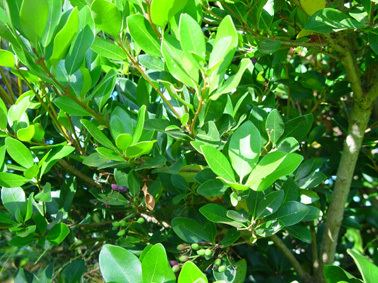Rank Species | Higher classification Picconia | |
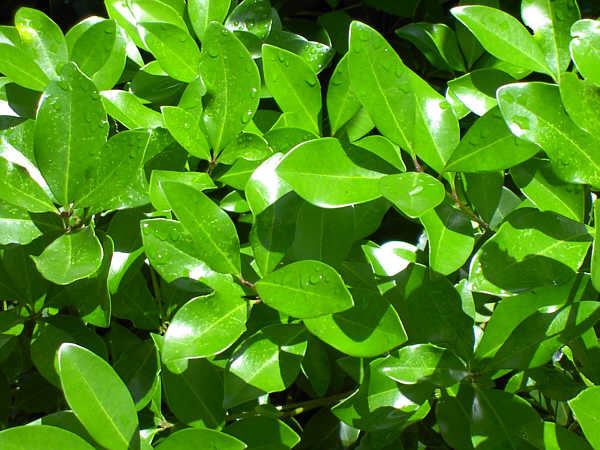 | ||
Similar Picconia, Laurus azorica, Frangula azorica, Juniperus brevifolia, Vaccinium cylindraceum | ||
Picconia azorica is an endemic species of Picconia, common to majority of the islands of the Portuguese archipelago of the Azores, locally referred to as Pau-branco (White Wood), it is threatened by habitat loss.
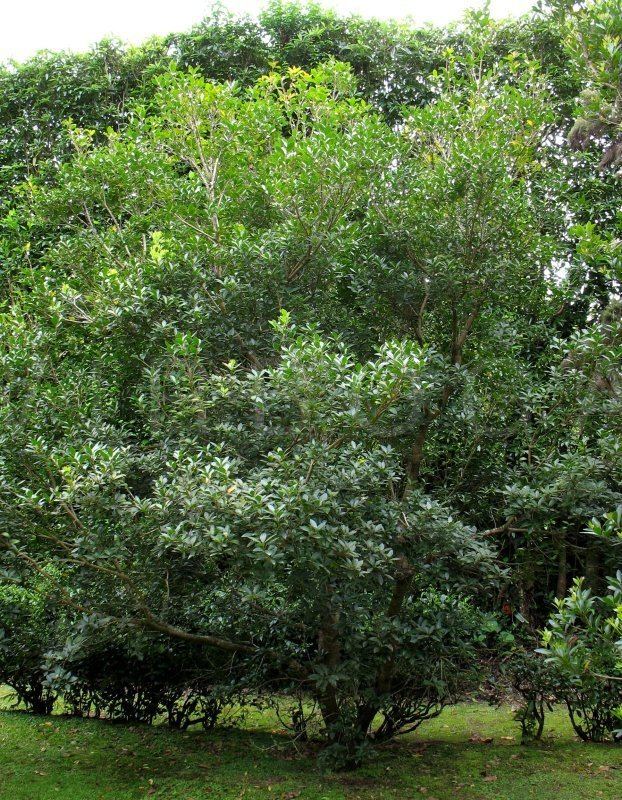
The evergreen shrub or small tree species is present in all the islands of the Azores, except the island of Graciosa, usually in coastal and medium altitude forests between 50 metres (160 ft) to 600 metres (2,000 ft), although most likely above 500 metres (1,600 ft) altitudes. The leaves of the plant are evergreen lanceolate or ovate, opposite leaves with entire margins; it flowers from March to July producing small white flowers in axillary clusters. The fleshy fruits are dark blue drupes about 1.5 centimetres (0.59 in) long, similar to olive trees (both plants pertain to the Oleaceae species).
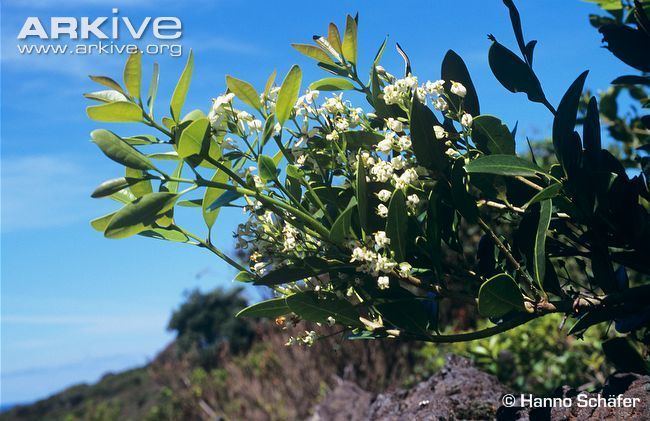
Status
The White wood is very popular in traditional/artesnal carpentry, for furniture construction and religious sanctuary.

Since its colonization, the resources of the different islands of the Azores were used to sustain its population. This meant that the forests were also cut-down to support the local economy and day-to-day activities, and other non-endemic species planted to support growing populations, such as the Cryptomeria (Cryptomeria japonica) and the Acacia (Acacia dealbata) (which were quick growing in the habitats of the islands).
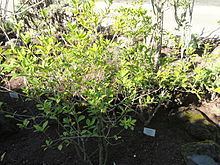
Overexploitation of the wood led to the species becoming almost extinct in some islands. It has become a priority for re-population and conservation, listed as endangered on the IUCN Red List 2004, and Annex II of the Habitats Directive (Berne Convention on the Conservation of European Wildlife and Natural Habitats), due to habitat degradation, expansion of agricultural land, forestation, competition by invader species and isolation of populations.


